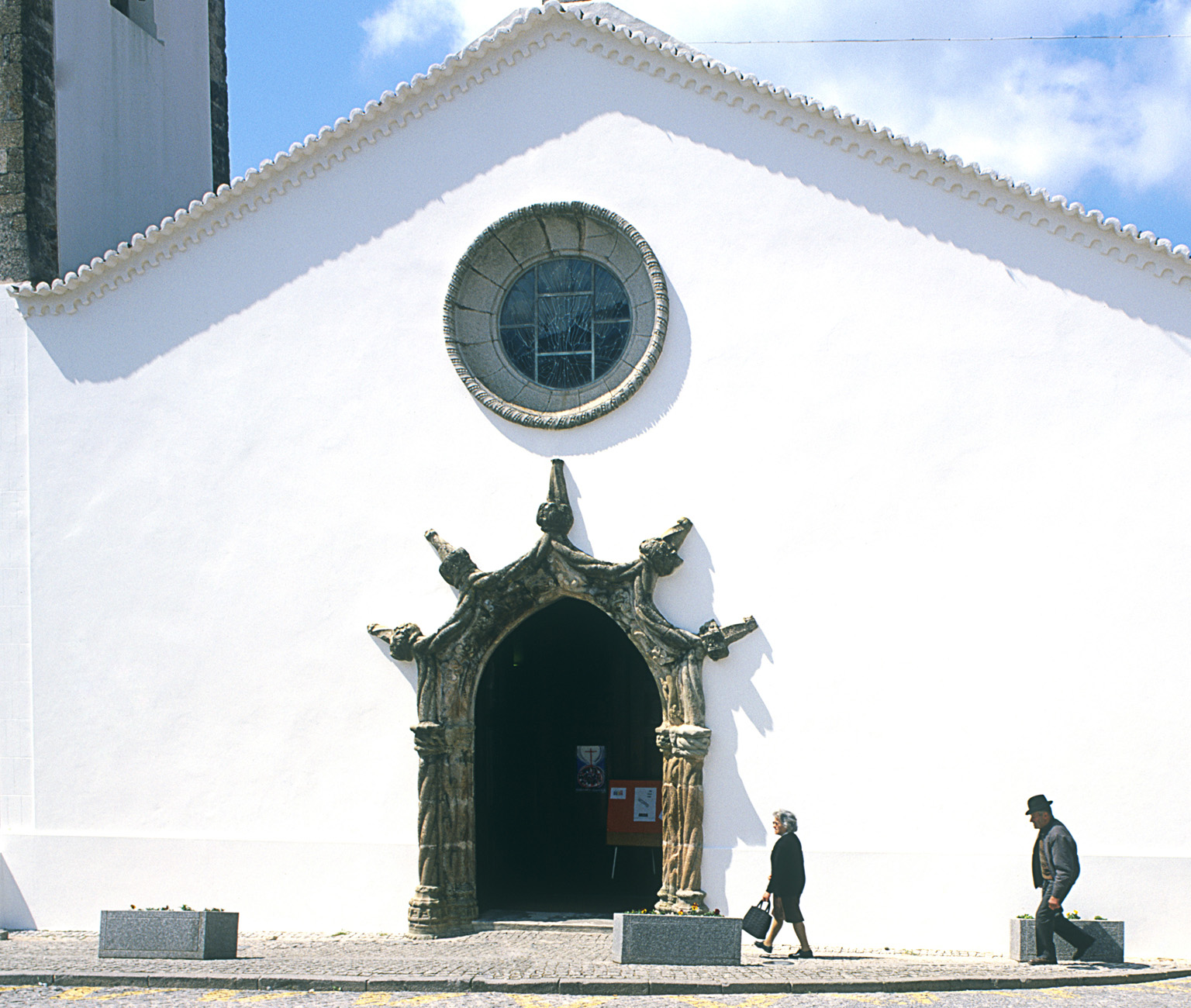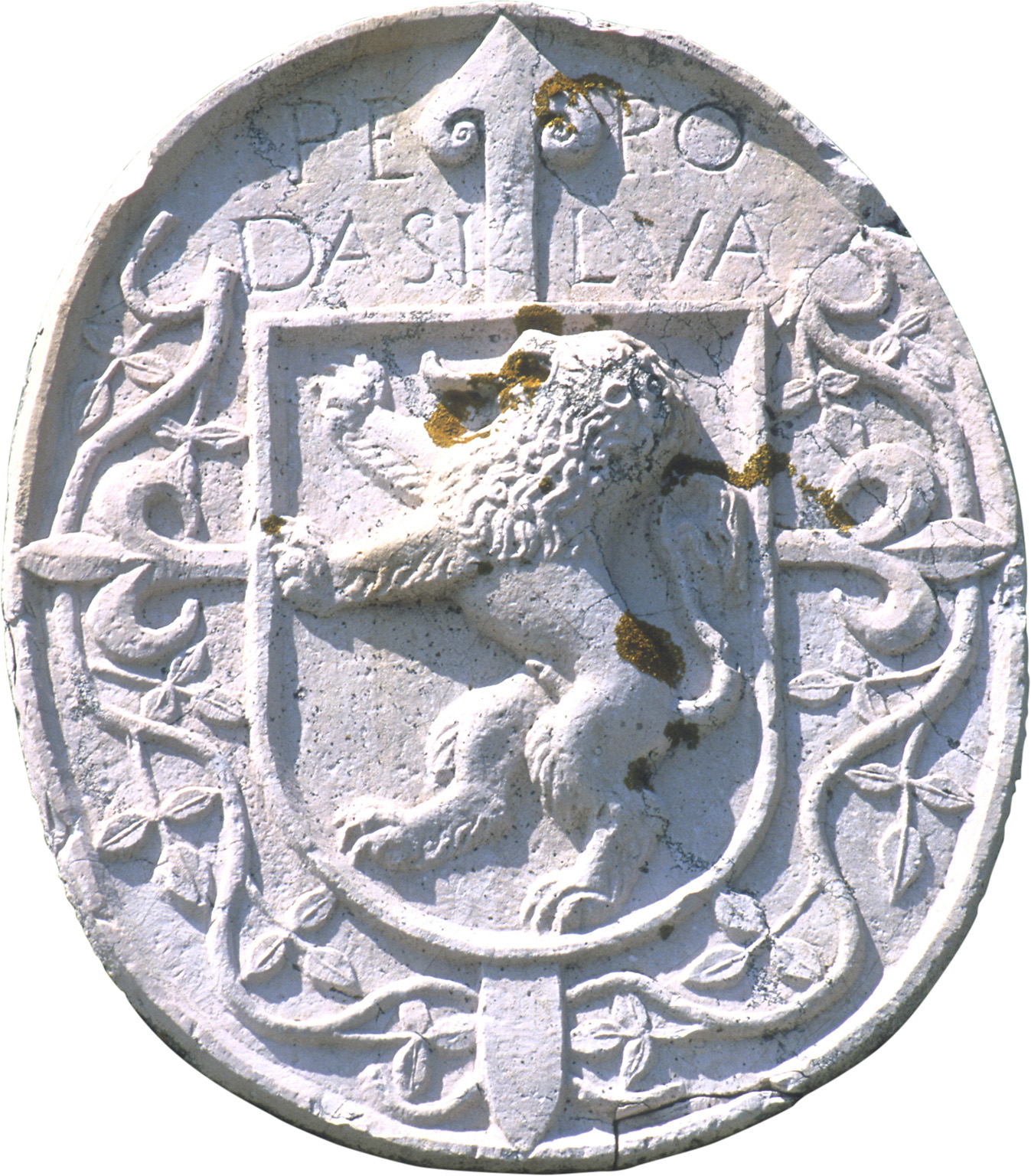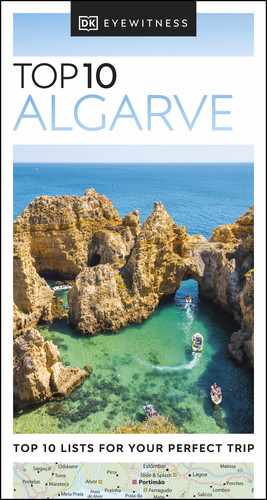
MONCHIQUE
This pretty little market town nestles in the Serra de Monchique, a densely wooded canvas of eucalyptus, chestnut, pine and cork trees interrupted by tracts of barren moorland. A welcome change from beaches and villas, Monchique is all cobbled streets and rural sentiment. The local medronho – firewater distilled from the berries of the Arbutus (strawberry tree) – is the finest available anywhere.

Monchique
NEED TO KNOW
![]() Visitor information: Largo S. Sebastião; (282) 911 189 • Open 10am–6pm Mon–Fri
Visitor information: Largo S. Sebastião; (282) 911 189 • Open 10am–6pm Mon–Fri
![]() Galeria de Santo António: Calçada de St. António; open only during special exhibitions and events
Galeria de Santo António: Calçada de St. António; open only during special exhibitions and events
- For a pleasant walk, follow the terraced footpath in the grounds of the spa complex.
- Monchique is also known for its small wooden “scissor” chairs, which make good gifts.
- Reasonably priced cafés and restaurants cluster round the central bus station.
- Down in Caldas de Monchique, Café-Restaurante 1692 has a marvellous terrace that spills out onto the square, making it a good choice.
1. Igreja Matriz
An intriguing Manueline doorway greets visitors to Monchique’s 16th-century parish church. The twisted columns resemble lengths of gnarled rope. Inside, the capitals of the columns in the three naves are similarly fashioned, suggesting a nautical theme.

The Manueline doorway to the 16th-century parish church
2. Galeria de Santo António
This engaging art gallery, housed in a former 18th-century hermitage, hosts live music events as well as exhibitions featuring works by local and international artists.
3. Villa Termal das Caldas de Monchique Spa Resort
Set under a canopy of pine and eucalyptus, this modern thermal spa complex retains a nostalgic air (see Hotel Termal, Villa Termal das Caldas de Monchique Spa Resort).

Villa Termal das Caldas de Monchique Spa Resort

The attractive market town of Monchique
4. Fóia
For the most spectacular landscape views in the Algarve, head for the peak of Fóia. At 902 m (2,959 ft), this is the highest point in the Serra da Monchique. You can either drive or walk up along a well-marked path.
5. Barranco dos Pisões
An idyllic little beauty and picnic spot in the woods about 4 km (2 miles) northwest of Monchique, the Barranco dos Pisões is known locally for its ancient water wheel and its 150-year-old plane tree.
6. Nossa Senhora do Desterro
A mysterious air pervades the ruins of the Franciscan monastery. Severely damaged by the 1755 earthquake, its empty shell echoes with the rustle of leaves from an immense magnolia tree standing in the old garden. The interior is closed to the public.

A carving from the ruins at Nossa Senhora do Desterro
7. Parque da Mina
Centred around a disused iron-ore mine, this imaginative theme park (see Parque da Mina) features a lovingly restored 18th-century manor house and a traditional distillery. There is also a playground and a nature trail, with picnic areas along the way.
8. Caldas de Monchique
The Romans were bowled over by this little hamlet in the Monchique hills, and totally impressed by the hot, curative properties of its waters.

The waters at Caldas de Monchique are said to have restorative properties
9. Igreja de São Sebastião
The church contains a beautifully sculpted 17th-century figure of Nossa Senhora do Desterro.

The 17th-century church, Igreja de São Sebastião
10. Picota
At 773 m (2,536 ft), the Algarve’s second-highest peak doesn’t quite command the same all-round vista as Fóia, but Picota is steeper and pleasantly wooded. Its location offers beautiful views that take in long sweeps of scented meadows and a sparkling, distant sea to the south.
MONCHIQUE’S SPA
According to legend, if you take a sip from the fountain of love, an ancient font hiding in the dappled woods behind Caldas de Monchique, you’ll fall in love with life. The waters are said to be good for a whole host of maladies, including rheumatic and digestive disorders and skin complaints. The Romans certainly thought so, as did Dom João II. Today’s visitors are offered a range of water-based therapies, using vapours, water jets, hydromassage, steam and hot algae.
